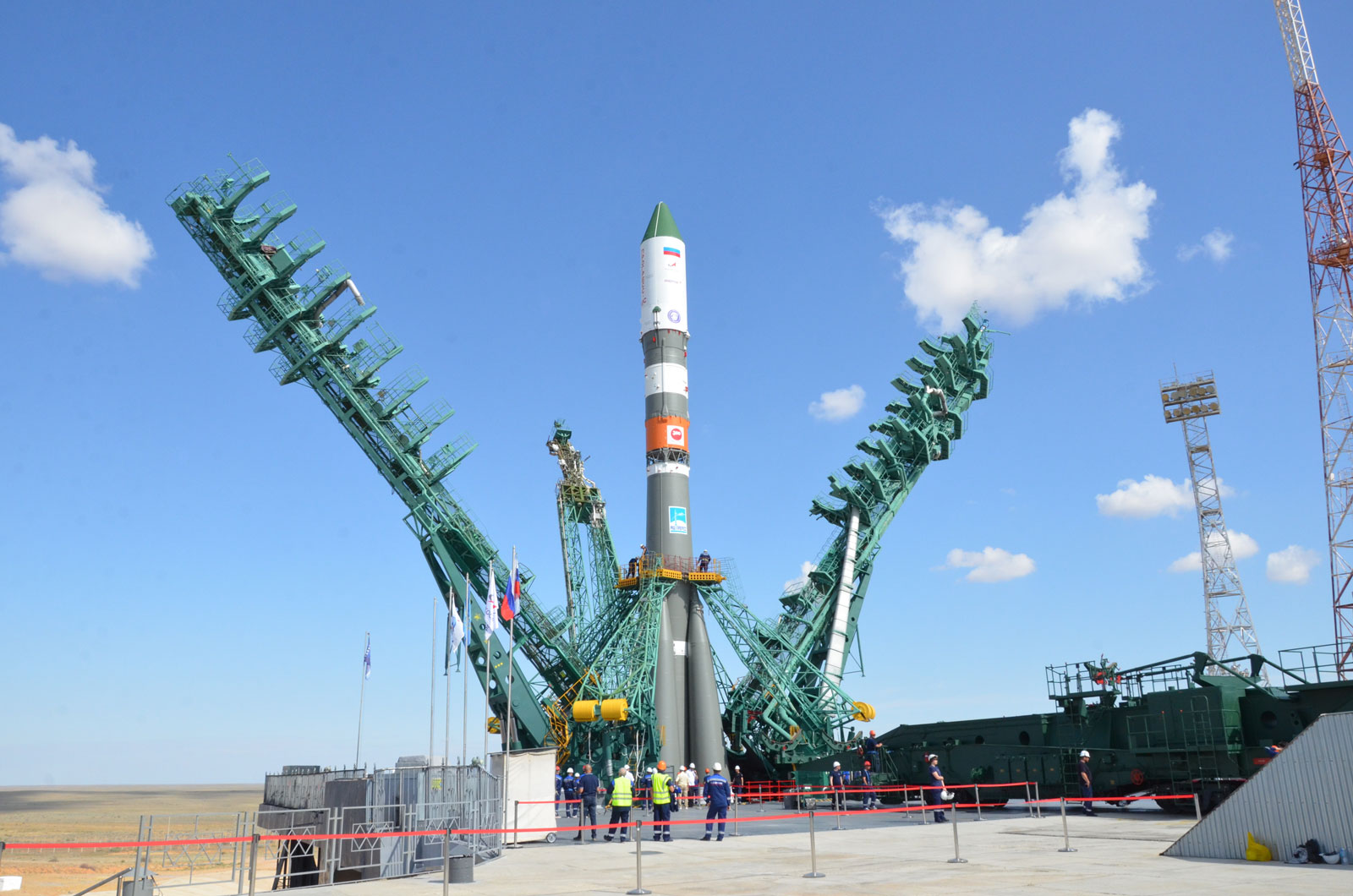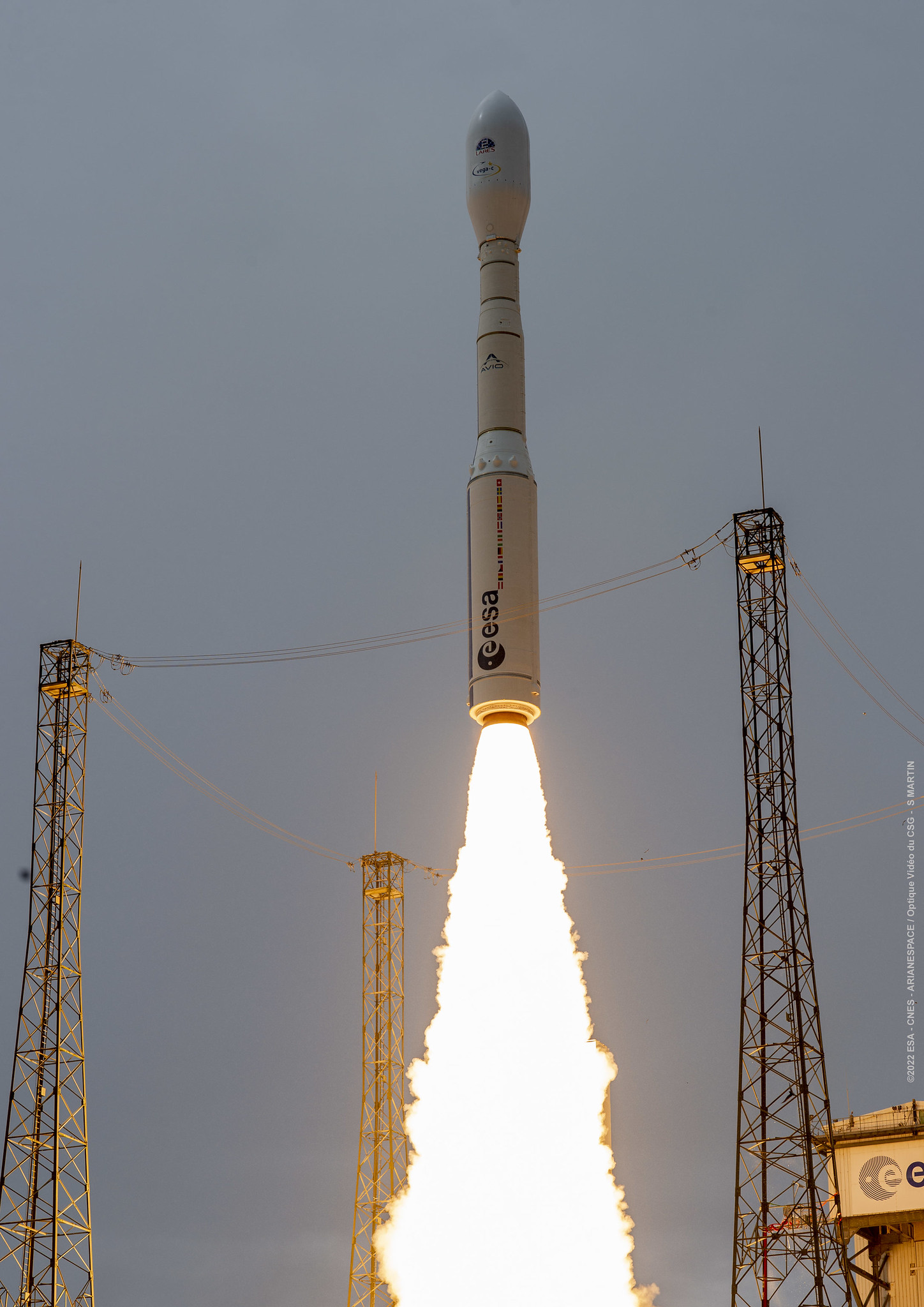· space brief · 6 min read
Space Brief 19 Jun 2025
Discover key developments in space defense and military operations, including new leadership for Space Force's 'Golden Dome,' SpaceX's contract for a military SATCOM network, and increased Israeli-Iranian missile activity.

📄Top Stories
The nomination of Space Force Gen. Guetlein to lead the ‘Golden Dome’ marks a significant shift in space defense leadership. Meanwhile, the Space Force is collaborating with SpaceX on a new SATCOM network, targeted to enhance military communications. Additionally, Israeli defense strategies are actively engaging missile threats from Iran, highlighting ongoing tensions in the Middle East.
📰Detailed Coverage
Space Force Leadership Set for New Era
President Trump has formally nominated Space Force Gen. Michael Guetlein to lead the strategic ‘Golden Dome’ initiative, aiming to fortify U.S. space defense capabilities. This nomination is poised to strengthen leadership within the Space Force as Guetlein ascends from vice chief of space operations to a pivotal new role.
In this leadership transition, the focus will likely be on elevating space defense strategies amid rising geopolitical tensions. By intensifying focus on orbital defense mechanisms, this move reinforces the growing importance of space leadership in global military dynamics.
Read the full story: SpaceNews
Space Force and SpaceX Team Up for SATCOM Network
SpaceX has secured a significant contract with the U.S. Space Force to develop the MILNET SATCOM network, a project shrouded in secrecy but critical for military communications. Managed by the National Reconnaissance Office, this initiative underscores the strategic role of private partnerships in advancing space technology for defense.
The implementation of this SATCOM network will further integrate satellite capabilities into military operations, enhancing the ability to manage global surveillance and communication from space. This collaboration also highlights the integration of our satellite tracking features, which can provide users with insights into such developments.
Read the full story: Breaking Defense
Israeli Defense Strikes on Iranian Missile Threats
Israel has launched targeted strikes aimed at neutralizing Iranian missile threats, emphasizing the ongoing conflict and strategic military maneuvers in the region. These actions follow increased tensions and highlight Israel’s concentrated efforts to contain missile capabilities close to its borders.
This escalation in regional defense strategies is a reminder of the critical role of space-based surveillance and missile tracking capabilities — areas where technological advancements continue to evolve in response to emerging threats.
Read the full story: Breaking Defense
Innovative Defense Partnerships Form at Paris Air Show
Anduril Industries and Rheinmetall have announced a new partnership focusing on drone and weapon systems during the Paris Air Show. This collaboration indicates a shift towards innovative defense strategies, leveraging advanced technology to address contemporary security challenges in Europe.
The partnership will explore integration of AI and next-generation unmanned systems, highlighting an era where defense alliances are as much about technology as they are about traditional military hardware.
Read the full story: Breaking Defense
Emerging Defense Technologies and Industrial Paradigms
The defense sector continues to evolve with new technologies, partnerships, and development approaches that are set to transform the industrial landscape. By adopting open architectures and more collaborative frameworks, defense systems are becoming more adaptive and responsive to diverse operational demands.
This shift in defense paradigms is especially significant in fostering rapid innovation and capability deployment, crucial for maintaining technological superiority.
Read the full story: Breaking Defense
🛰️Satellite Spotlight
- Satellite Name: ORBCOMM FM35
- NORAD ID: 25985
- Launch Date: December 4, 1999
- Mission: The ORBCOMM FM35 satellite is designed for Machine-to-Machine (M2M) communication, enabling connectivity for various Internet of Things (IoT) devices.
- Orbit: Low Earth Orbit (LEO)
- Operator: ORBC
- Fun Fact: This satellite is part of the ORBCOMM constellation, which was one of the first systems to provide global data communication services for remote monitoring and control applications.
Track this satellite in real-time on our web app: Track ORBCOMM FM35
🌌Space Weather
Current space weather shows Enhanced solar wind (538 km/s).
Current
R0 - S0 - G0
Last 24 Hour Maximums
R0 - S0 - G0
Recent Alerts
-
Alert: Geomagnetic K-index of 4 reached on June 18, 2025, at 2327 UTC. Active warning in effect.
- Potential Impacts:
- Weak power grid fluctuations may occur.
- Aurora activity expected at high latitudes (Canada, Alaska).
- Potential Impacts:
-
Warning: Geomagnetic K-index of 4 expected from June 18, 2025, 2329 UTC to June 19, 0600 UTC.
- Potential Impacts:
- Similar to the alert above.
- Potential Impacts:
Next 24 Hours
-
Radio Blackouts Probability
- Minor: 75
- Major: 25
- Risk: None
-
Solar Radiation
- Probability: 10
- Risk: None
-
Geomagnetic Storming
- Scale: 0
- Impact: none
- Activity: Low
-
Impact Summary
- Next 24 hours: No risk of radio blackouts.
- No risk of solar radiation storms.
- Geomagnetic outlook indicates a likely G1 (Minor) geomagnetic storm on June 20.
- Expect R1-R2 (Minor-Moderate) radio blackout potential through June 21, primarily driven by solar regions with chances for X-class flares.
Long Term Forecast
- Forecast of Solar and Geomagnetic Activity (June 16 - July 12, 2025):
- Solar activity will range from low to high levels, with R1-R2 (Minor-Moderate) events expected from June 16-22.
- Additional potential for R3 (Strong) flares, particularly from Region 4114.
- Higher levels of electron flux at geosynchronous orbit anticipated from June 16-22 and June 26 - July 4.
- Geomagnetic activity likely to reach G1 (Minor) storm levels on June 15 and again on June 25-26, with active conditions possible on June 17, 18, 24, and 27 due to various influences.
- Quiet to unsettled conditions expected to prevail throughout much of the forecast period.
🚀Upcoming Space Launches
June 19
- Russian Space Forces Angara A5/Briz-M:
- Kosmos (Unknown Payload) from Plesetsk Cosmodrome, Russian Federation (02:30 UTC) Unidentified payload for the Russian military.
June 20
-
Rocket Lab Electron:
- Symphony In The Stars from Rocket Lab Launch Complex 1, Mahia Peninsula, New Zealand (07:15 UTC) ‘Symphony In The Stars’ is the first of two dedicated missions on Electron to deploy a single spacecraft for a confidential commercial customer.
-
China Aerospace Science and Technology Corporation Long March 3B/E:
- Unknown Payload from Xichang Satellite Launch Center, People’s Republic of China (12:27 UTC)
-
SpaceX Falcon 9 Block 5:
- Transporter 14 (Dedicated SSO Rideshare) from Vandenberg SFB, CA, USA (21:19 UTC) Dedicated rideshare flight to a sun-synchronous orbit with dozens of microsatellites and nanosatellites.
June 21
- Blue Origin New Shepard:
- NS-33 from Corn Ranch, Van Horn, TX, USA (12:30 UTC) NS-33 is the 13th crewed flight for the New Shepard program.
June 22
-
SpaceX Falcon 9 Block 5:
- Starlink Group 10-23 from Cape Canaveral SFS, FL, USA (05:47 UTC) A batch of satellites for the Starlink mega-constellation - SpaceX’s project for space-based Internet communication.
-
SpaceX Falcon 9 Block 5:
- Axiom Space Mission 4 from Kennedy Space Center, FL, USA (07:42 UTC) This mission will carry a trained commander and three private astronauts to the International Space Station for at least eight days.
June 23
- United Launch Alliance Atlas V 551:
- Project Kuiper (KA-02) from Cape Canaveral SFS, FL, USA (14:56 UTC) Project Kuiper is a satellite constellation managed by Kuiper Systems LLC for broadband internet access.
June 25
-
SpaceX Falcon 9 Block 5:
- Starlink Group 10-34 from Cape Canaveral SFS, FL, USA (05:32 UTC) A batch of satellites for the Starlink mega-constellation - SpaceX’s project for space-based Internet communication.
-
SpaceX Falcon 9 Block 5:
- Starlink Group 10-16 from Kennedy Space Center, FL, USA (16:33 UTC) A batch of satellites for the Starlink mega-constellation - SpaceX’s project for space-based Internet communication.
Note: Launch dates and times are subject to change due to technical or weather considerations.

Maurice Stellarski




